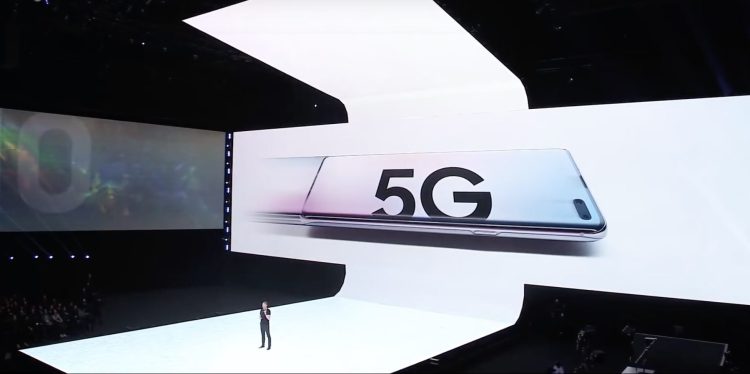Across most of the world, early 5G networks are harmonizing on a specific stretch of wireless spectrum — the 3.5GHz band — but in the United States, that spectrum was reserved years ago for naval radar systems and named the “Citizens Broadband Radio Service” (CBRS). Following years of technical and legal work to enable the Navy and cellular carriers to share the 3.5GHz band, the CBRS Alliance today announced that a 5G-specific sharing standard is under development, with 5G service planned to commence on the band in 2020.
The announcement is significant for one reason: It will make global 5G smartphones easier to develop and sell. Unlike early 5G deployments in Asia, Europe, and the Middle East, which focused largely on the “midrange” 3.5GHz band, early U.S. 5G deployments have relied exclusively on 28GHz and higher frequency millimeter wave bands, requiring cutting-edge technologies that are more challenging to shrink into smartphone-sized devices.
In short, millimeter wave bands offer much greater bandwidth than 3.5GHz, but outside the U.S., most countries have approved 5G service on the midrange frequency. This difference could force companies to use different parts in their U.S. and non-U.S. devices, as Samsung has with its Galaxy S10 5G phone, conceivably doubling their engineering and testing time. It could also prevent one phone model from working on 5G networks everywhere and lead to noticeable data performance differences between 3.5GHz and millimeter wave models.
So while the CBRS Alliance isn’t well known to U.S. consumers, it’s doing important work. The second release of its standard already supports shared spectrum use of the 3.5GHz band for 4G/LTE, and some 4G modems already support that standard. In the upcoming third release, CBRS will add support for 5G, as well as coexistence between 4G and 5G signaling on the 3.5GHz band. The Alliance’s standards notably aren’t replacements or alternatives to the 3GPP’s international 5G standard, but rather a complementary technical standard specific to the U.S. need for spectrum sharing.
June 5th: The AI Audit in NYC
Join us next week in NYC to engage with top executive leaders, delving into strategies for auditing AI models to ensure fairness, optimal performance, and ethical compliance across diverse organizations. Secure your attendance for this exclusive invite-only event.
CBRS Alliance Release 3 is expected to be finished in the fourth quarter of 2019, enabling shared spectrum 5G service to begin in 2020. But it’s worth noting that these aren’t fixed dates. The Alliance previously expected commercial 4G sharing of the 3.5GHz band to begin late last year or early this year under the name “OnGo,” but that hasn’t happened yet, perhaps because carriers have been more interested in using the band for OnGo 5G service.
The U.S. is aware of the 3.5GHz band’s increasing global importance. Last October, the FCC voted to open the 3.5GHz band for 5G, creating 15 total channels within the 3.55GHz to 3.70GHz range. The Navy reserves preemptive rights to use the spectrum whenever and wherever it needs it, typically only on the coasts of the United States, where naval vessels and facilities are located. Rather than depending exclusively on the 3.5GHz band, CBRS Alliance standards enable smartphones to roam onto 3.5GHz spectrum when it’s available and shift off of it to other bands as needed.

